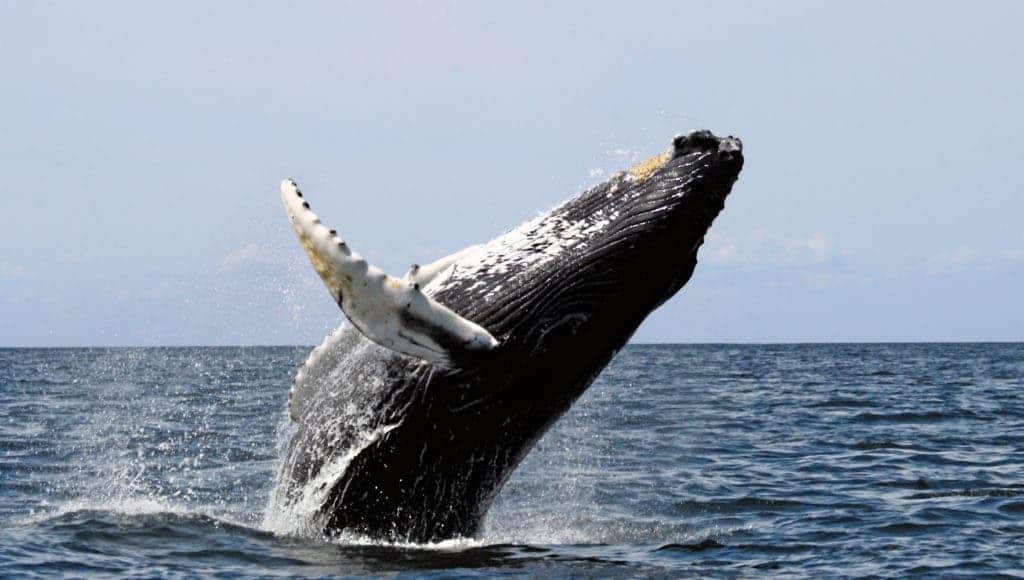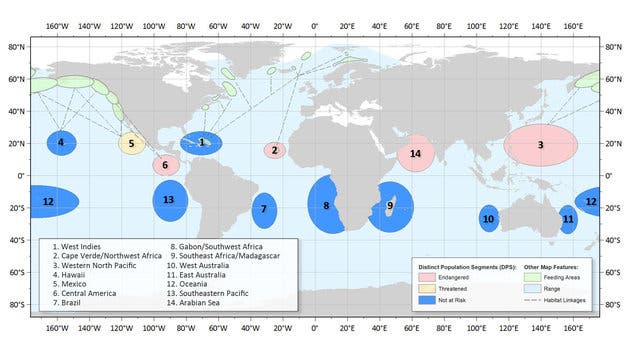Humpback whales have made an epic return. Nine out of 14 distinct populations have now been crossed off the federal endangered species list. Four populations retain their endangered status, while one is listed as threatened.

Conservation efforts do work, at least when they’re done properly. It took 50 years, but international efforts to protect humpback whales have been met with success as the numbers increased steadily decade after decade.
Humpback whales were almost hunted to extinction in the 19th and 20th century, mostly for their meat and fat, which was used much like oil. But a moratorium was passed in 1966, effectively banning whaling – and this was the key turning point for the whales. Now, after almost half a century, they’re finally off the endangered list.
“Today’s news is a true ecological success story,” Eileen Sobeck, assistant administrator for fisheries at the National Oceanic and Atmospheric Administration, said in a statement.
The feeling was echoed by many groups who reported seeing plenty of whales and wanted this change to underline a healthy recovery.
“We just saw a lot of whales. So we thought this is a success in ocean management and we wanted to point that out to the world – that things are good with whales in Hawaii,” said Phil Fernandez, president of the Hawaii Fishermen’s Alliance for Conservation and Tradition.

Angela Somma, chief of NOAA Fisheries’ endangered species division, said “very little will actually change” in efforts to protect whales. According to her, humpbacks will still receive protection and the International Whaling Commission’s moratorium on commercial whaling will also remain in place.
“Many of the day-to-day protections and activities will continue to occur,” Somma said in a call to reporters Tuesday. “We will continue to work and maintain their conservation.”
However, not everyone agrees with this. Several biologists and conservationists have asked for continued protection on the endangered list.
According to the Miami Herald, Center for Biological Diversity attorney Kristen Monsell said that humpback whales face significant and growing threats, including getting entangled in fishing gear. She says the protections should stay in place for the whales.
It is true that even without whaling, humpbacks face growing challenges. They are vulnerable to collisions with ships, entanglement in fishing gear and noise pollution.
“These whales face several significant and growing threats, including entanglement in fishing gear, so ending protections now is a step in the wrong direction,” Kristen Monsell, an attorney with the Center for Biological Diversity, said in a statement.
Hopefully, the recovery won’t backfire and humpback whales will enjoy their recovery as time passes on.
Four populations are still considered endangered, including those that frequent waters in the Pacific Northwest, Central America, the Arabian Sea and northwest Africa.



